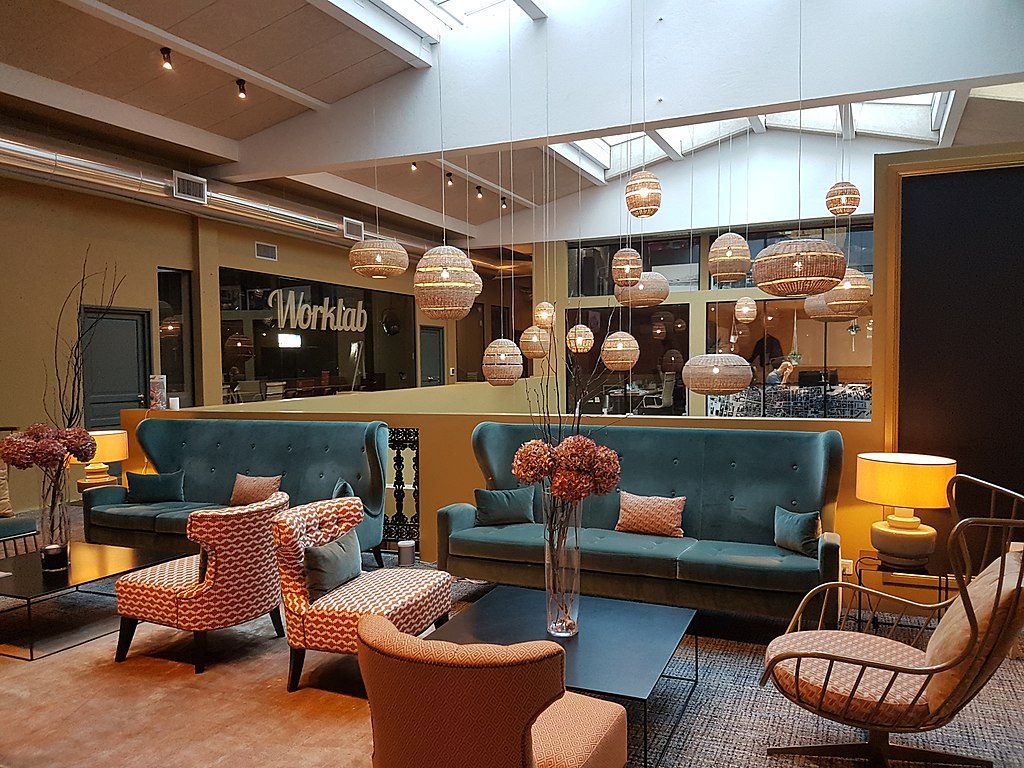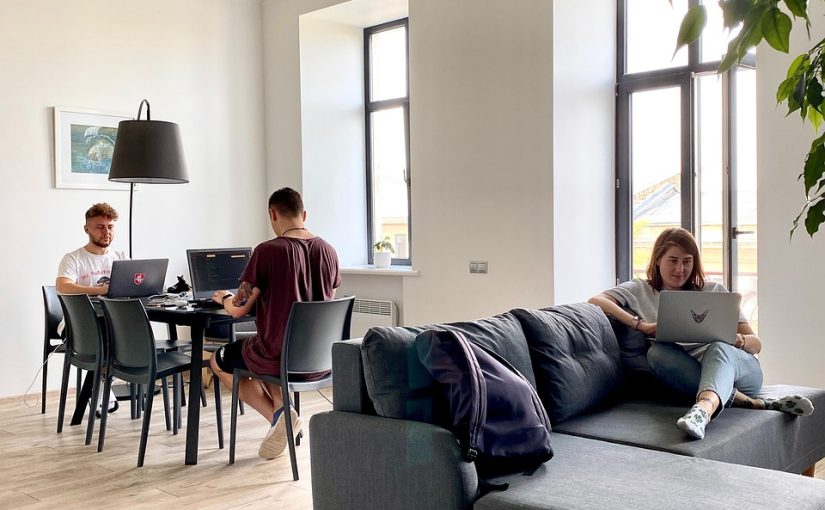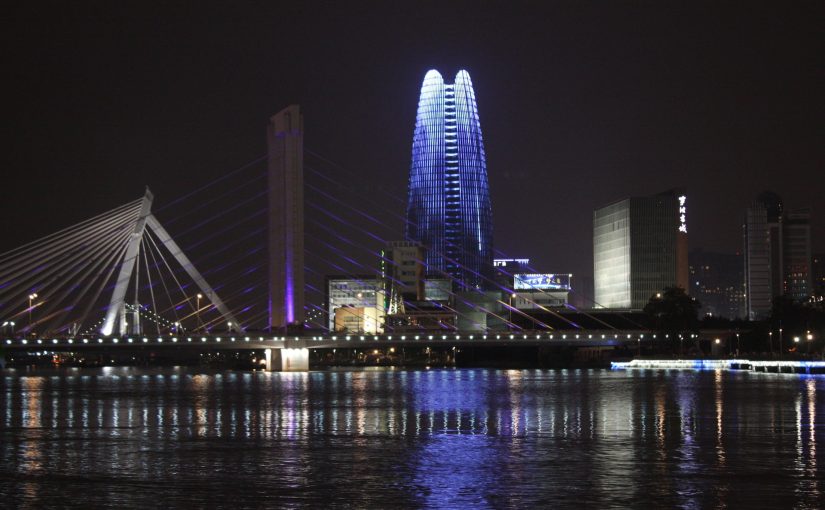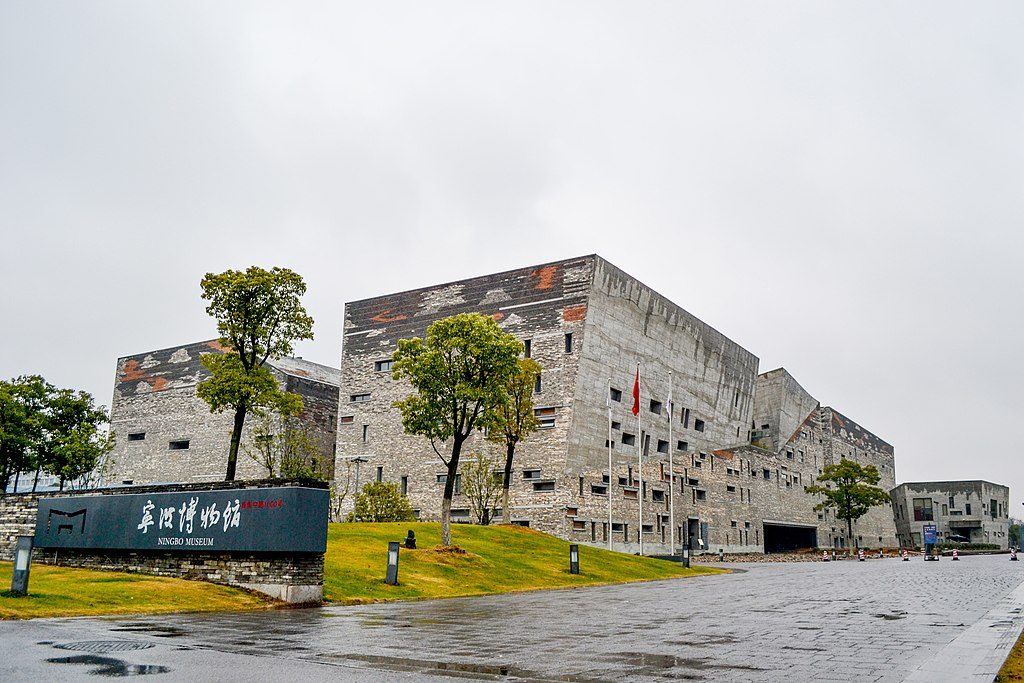In today’s fast-paced world, co-living spaces are becoming a popular choice for individuals seeking more than just a place to live. These innovative spaces offer a unique blend of privacy, social interaction, and convenience, creating a new paradigm for the concept of a home. From fostering a sense of community to providing shared amenities and flexible living arrangements, co-living spaces are redefining the way people live and connect with others.

Community Building
Co-living spaces such as lyf Collingwood Melbourne prioritise community engagement and foster meaningful connections among residents. Shared common areas, communal activities, and events create an inclusive environment where individuals can forge friendships and support networks.
Shared Amenities
One of the key advantages of co-living spaces is the abundance of shared amenities. From fully-equipped kitchens and coworking spaces to fitness centres and recreational areas, residents can enjoy access to facilities that enhance their daily lives.
Flexible Living Arrangements
Collingwood serviced apartments and other co-living spaces offer flexible living arrangements to cater to different needs. Whether it’s private bedrooms with shared living spaces or studios with self-contained facilities, residents can choose the setup that suits their preferences and budget.
Convenience and Cost-Effectiveness
Co-living spaces simplify the process of finding accommodation by providing fully furnished units and all-inclusive rent that covers utilities and services. This convenience, coupled with cost-effectiveness compared to traditional renting, makes co-living an attractive option for many.


